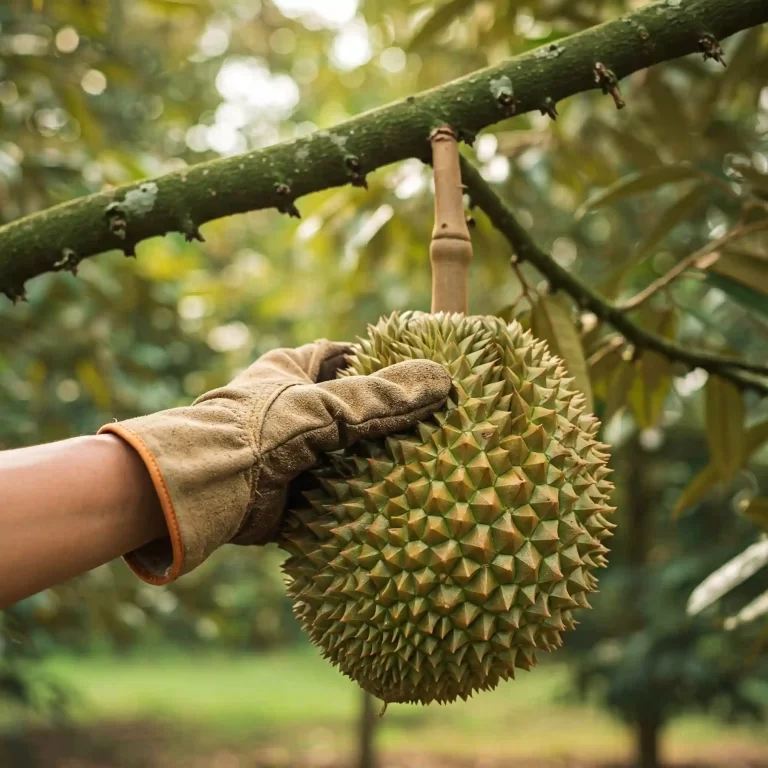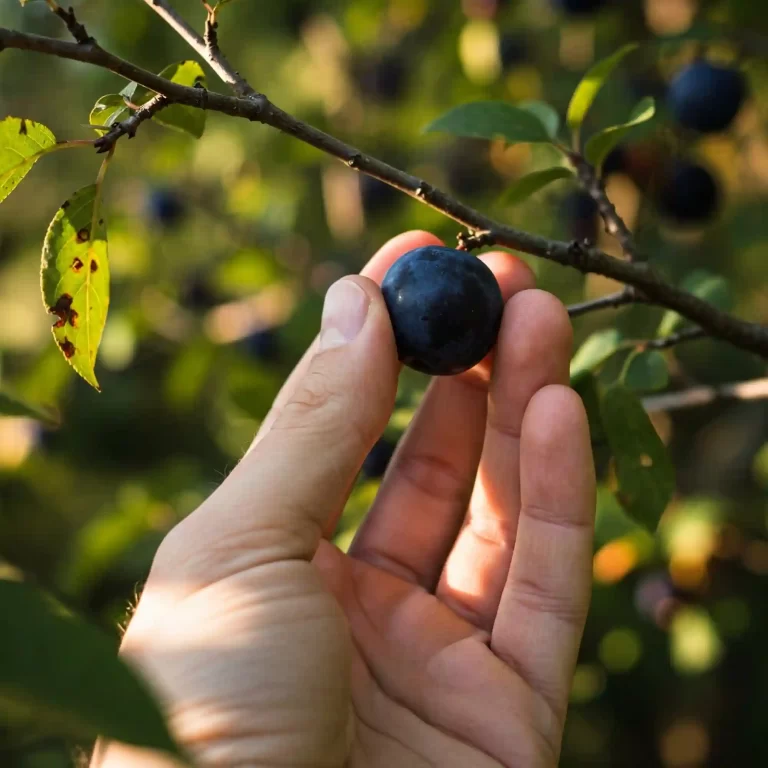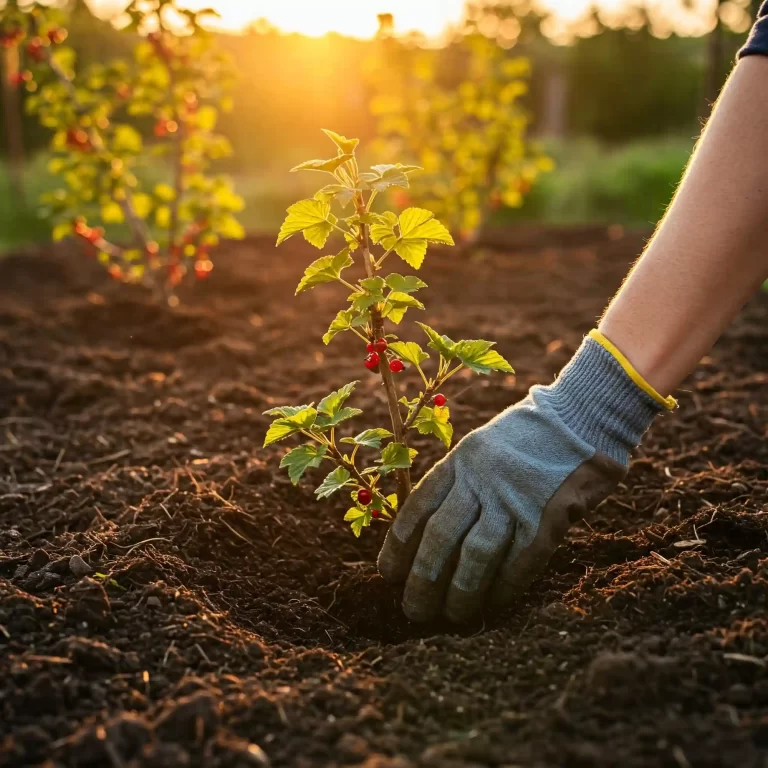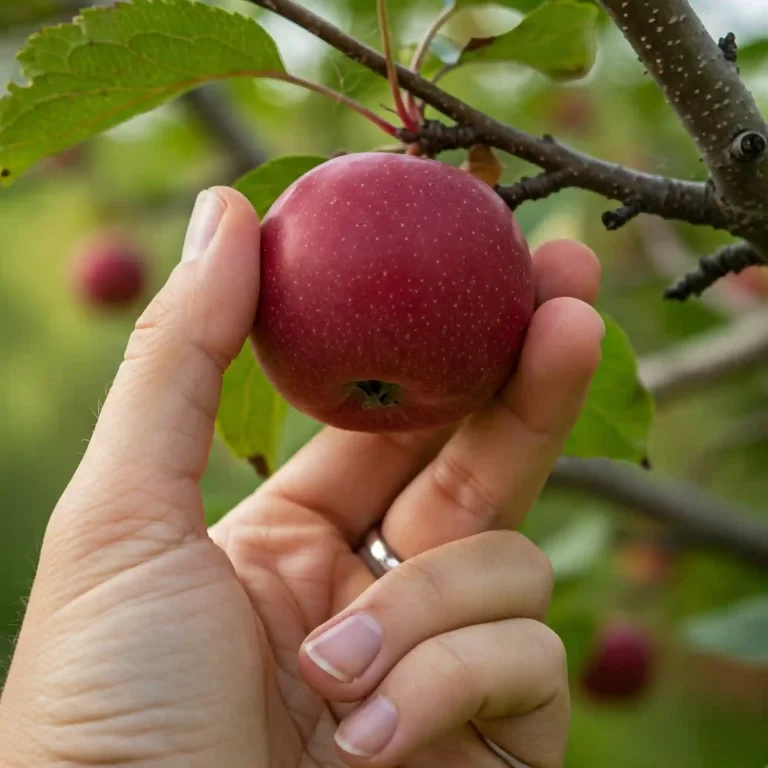Imagine sinking your teeth into a plump, juicy bramble—bursting with sunshine and sweetness. These tangy delights, encompassing both raspberries and blackberries, are a welcome addition to any garden. But fear not, aspiring berry-growers! This comprehensive guide will unveil the secrets to cultivating a thriving bramble patch, even with limited space. Follow these steps, and soon you’ll be harvesting a bounty of delicious brambles for years to come!
Choosing the Perfect Bramble Variety

Brambles come in a delightful array, each with unique characteristics. Here’s a breakdown of some popular choices to help you find your perfect match:
- Raspberries: These delicate beauties are known for their vibrant red fruits and sweet, slightly tart flavor. They thrive in cooler climates and require good support structures like trellises.
- Everbearing varieties: Produce fruit throughout the summer and fall, extending your harvest window. (e.g., ‘Autumn Bliss’, ‘Fall Gold’)
- Summer-fruiting varieties: Offer a concentrated harvest period, often yielding larger fruit. (e.g., ‘Latham’, ‘Redwing’)
- Blackberries: These robust plants produce dark, juicy berries with a richer, more complex flavor. They tolerate hotter climates and can sprawl if not contained.
- Prickly varieties: The classic blackberry experience, offering abundant fruit production. (e.g., ‘Triple Crown’, ‘Marion’)
- Thornless varieties: Eliminate the prickling hassle while maintaining delicious berries. (e.g., ‘Loch Ness’, ‘Black Satin’)
Raspberry vs. Blackberry
| Feature | Raspberry | Blackberry |
| Fruit Color | Red | Black |
| Flavor Profile | Sweet-tart | Rich, complex |
| Climate Preference | Cooler | Warmer |
| Growth Habit | Upright, requires support | Sprawling, may require trellising |
Finding the Right Spot in Your Garden
Now that you’ve chosen your bramble champion, it’s time to select the ideal planting location:
- Sun Exposure: Most brambles require at least 6-8 hours of direct sunlight daily. However, some everbearing raspberries can tolerate partial shade.
- Soil Conditions: Brambles thrive in well-drained, fertile soil with a slightly acidic pH (around 6.0-6.8). A simple soil test can help determine your soil’s pH and nutrient content.
- Spacing Considerations: Plan your bramble patch layout with proper spacing in mind. Spacing requirements will vary depending on the specific variety, so refer to the plant’s label for guidance. Generally, allow 2-3 feet between plants for raspberries and 6-8 feet between blackberry plants.
Planting Your Brambles
With the perfect location chosen, it’s time to get your hands dirty:
- Planting Time: The ideal planting window depends on your climate. In cool climates, plant in early spring; for warmer areas, fall planting is preferred.
- Preparing the Soil: Amending your soil with organic matter like compost or aged manure will improve drainage and fertility. Dig a hole 2-3 times wider than the root ball of your bramble plant.
- Planting Technique: Carefully remove the bramble from its container and loosen any tightly bound roots. Place the plant in the hole, ensuring the root crown sits slightly above the soil surface. Backfill the hole with amended soil, gently tamping it down to remove air pockets.
- Watering: Water your newly planted bramble thoroughly, soaking the root zone. Consistent watering is crucial during the establishment period, especially during hot, dry weather.
Caring for Your Bramble Patch
Once established, your bramble patch will require ongoing care to ensure optimal growth and fruit production:
- Watering: Provide consistent moisture, especially during fruiting season. Aim for deep watering that soaks the root zone, rather than frequent shallow watering.
- Mulching: Apply a layer of organic mulch (around 2-3 inches thick) around the base of your plants. Mulch helps suppress weeds, retain moisture, regulate soil temperature, and enrich the soil as it decomposes.
- Fertilizing: Brambles benefit from a balanced fertilizer application during the growing season. A slow-release fertilizer formulated for fruiting plants is ideal. Follow the product instructions for proper application rates and frequency.
- Pruning: Regular pruning is essential for maintaining healthy, productive bramble plants. Pruning techniques will vary slightly between raspberries and blackberries, but some general principles apply:
- Summer Pruning: For summer-fruiting raspberries, pinch off the tips of new canes when they reach 12-18 inches tall. This encourages bushier growth and promotes fruiting on lateral shoots.
- Winter Pruning: The major pruning happens during the dormant season (usually late winter/early spring). For both raspberries and blackberries, remove any dead, diseased, or weak canes. For summer-fruiting raspberries, prune established canes back to around 4-6 inches. For everbearing raspberries, remove only the fruited portion of the canes. For blackberries, prune primocanes (first-year canes) back to around 3-4 feet to encourage branching and fruiting the following year.
Summary of Pruning Techniques
| Bramble Type | Summer Pruning | Winter Pruning |
| Summer-fruiting Raspberry | Pinch off cane tips at 12-18 inches | Prune established canes back to 4-6 inches |
| Everbearing Raspberry | None | Remove fruited portion of canes |
| Blackberry | None | Prune primocanes to 3-4 feet |
- Trellising: Many bramble varieties, particularly blackberries and some everbearing raspberries, benefit from a sturdy trellis system. Trellising provides support for the canes, prevents sprawling growth, and improves air circulation and light penetration, all of which can enhance fruit production and overall plant health. Trellis options include single posts with wires, T-trellises, or post-and-rail systems.
Protecting Your Berries from Pests and Diseases
While brambles are generally quite resilient, they can be susceptible to certain pests and diseases. Here’s how to keep your patch healthy:
- Integrated Pest Management (IPM): The focus should be on preventative measures and using natural controls whenever possible. Encourage beneficial insects like ladybugs and lacewings, which prey on harmful pests. Maintaining good plant hygiene by removing debris and fallen leaves around the plants can also help deter pests.
- Common Pests: Look out for aphids, which can suck the sap from leaves and stems. Encourage ladybugs or use insecticidal soap for control. Japanese beetles can also be a problem, damaging leaves and fruit. Handpicking or trapping can help manage populations.
- Common Diseases: Fungal diseases like anthracnose and botrytis can cause fruit rot. Proper watering practices (avoiding overhead watering) and good air circulation can help prevent these issues. Fungicides may be necessary in severe cases.
Remember: Early detection and intervention are key to managing pest and disease problems in your bramble patch. Regularly inspect your plants for any signs of trouble and take action promptly.
Harvesting and Enjoying Your Bramble Bounty
The moment you’ve been waiting for has arrived – harvest time! Here’s how to reap the rewards of your bramble-growing efforts:
- Ripeness Cues: The telltale sign of a ripe bramble is color. Raspberries should be a vibrant red (or yellow for some golden varieties) and detach easily from the cane with a gentle touch. Blackberries should be a deep, glossy black and yield slightly to the pressure when picked.
- Picking Techniques: Use clean, sharp pruners or scissors to carefully snip the fruit stem just above the point where it attaches to the cane. Avoid pulling on the fruit, as this can damage the plant. For raspberries, be gentle to prevent crushing the delicate berries.
- Storage Tips: Freshly picked brambles are best enjoyed within a day or two. Store them in a shallow container in the refrigerator. For longer storage, freezing is a great option. Simply wash and pat dry the berries, then spread them in a single layer on a baking sheet and freeze for a few hours. Once frozen, transfer them to airtight freezer containers.
Beyond the Basics: Additional Tips for Bramble Success
- Container Growing: Don’t have a garden? No problem! Many bramble varieties can thrive in containers. Choose a large pot with good drainage and use a high-quality potting mix. Provide ample sunlight and regular watering.
- Pollination: Most bramble varieties are self-pollinating, meaning they don’t require another plant for fruit production. However, planting two different varieties can sometimes increase yields due to cross-pollination.
- Renewal Pruning: For bramble varieties that fruit on biennial canes (like most blackberries), removing the fruited canes after harvest encourages new cane growth for the following year’s crop.
Conclusion
With a little planning and the knowledge gleaned from this guide, you’re well on your way to cultivating a thriving bramble patch and enjoying a delicious harvest of juicy raspberries and blackberries for years to come. So grab your gardening gloves, get your hands dirty, and embrace the joy of growing your own bramble bounty!



